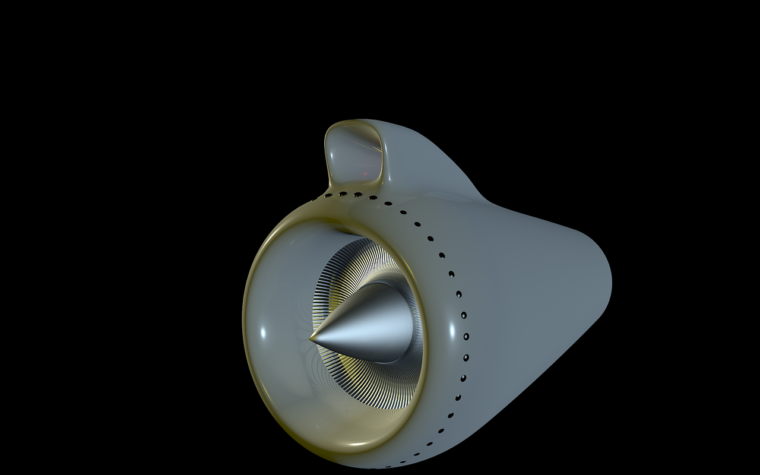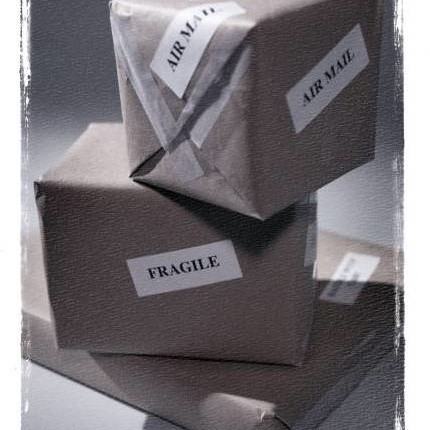In 2002, Verne Harnish published his book “Mastering the Rockefeller Habits.” At the time, I was transitioning from “mega-project” management into business management and this book made a huge impact on how I run a business.

I never thought too much about it at the time but now as I reflect on how I have led organizations (businesses and not-for-profits), I constantly leverage all of the ten Rockefeller habits that Harnish outlines in his book.
I find it interesting that the organizations that “bought into” the “Rockefeller system” with me performed well over time even though we may have experienced some tough periods in the market. Conversely, the organizations that just could not get aligned around the system, were not able to experience the same levels of success.
So, what are these intriguing habits?




